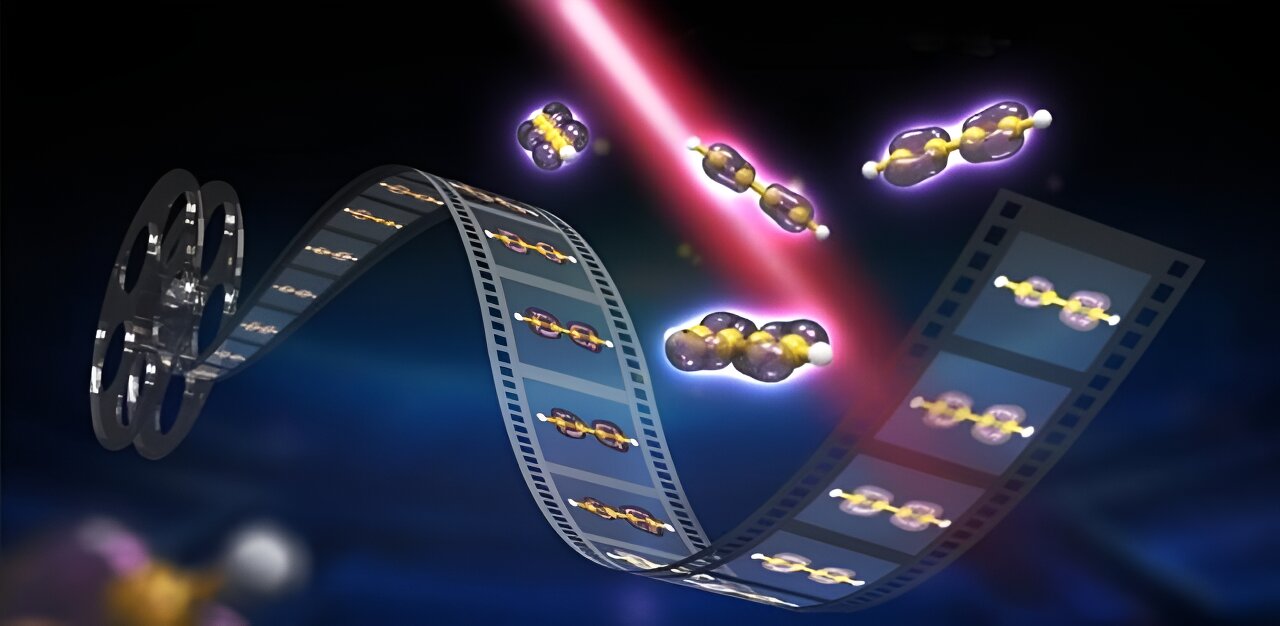To understand the interaction between light and molecules, the initial step involves studying electron dynamics, which occur at the attosecond timescale. This first step, known as charge migration (CM), plays a crucial role in chemical reactions and biological processes related to light-matter interaction. However, visualizing CM at the natural timescale of electrons has been a significant challenge in ultrafast science due to the requirement for ultrafine spatial (angstrom) and ultrafast temporal (attosecond) resolution.
Experimentally, tracing CM dynamics has been complex and challenging due to its sensitive dependence on molecular orbitals and orientations. There are still unanswered questions regarding molecular CM, with one of the most fundamental being the speed at which charge migrates in molecules. Despite extensive theoretical studies using time-dependent quantum chemistry packages, measuring the CM speed directly has remained unattainable due to the extreme difficulty involved.
In a recent publication in Advanced Photonics, a research team from Huazhong University of Science and Technology (HUST), in collaboration with theoretical teams from Kansas State University and University of Connecticut, proposed a method called high harmonic spectroscopy (HHS) to measure the CM speed in a carbon-chain molecule called butadiyne (C4H2).
The HHS method is based on the three-step model of high-order harmonic generation (HHG): ionization, acceleration, and recombination. Initially, strong field ionization creates a hole wave packet in the ion, which evolves in the laser field. At the recombination moment, the returning electron wave packet probes the hole dynamics, and the recorded harmonic spectra provide information about the CM. The researchers utilized a two-color HHS scheme along with an advanced machine learning reconstruction algorithm to reconstruct the CM in C4H2 at the most fundamental level for each fixed-in-space angle of the molecule. The method achieved a temporal resolution of 50 attoseconds.
By analyzing the retrieved time-dependent hole densities, the movement of the center of charge can be identified, allowing for the quantification of the CM speed, which was found to be several angstroms per femtosecond. Additionally, the researchers revealed the dependence of the CM speed on the alignment angles of the molecule with respect to the laser polarization. It was demonstrated that CM under laser control is faster than in a field-free environment. This work provides the first experimentally derived answer regarding the speed of CM in a molecule.
2023-08-25 13:24:03
Original from phys.org rnrn
